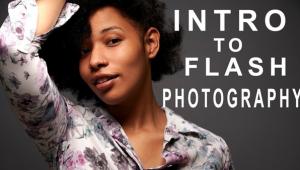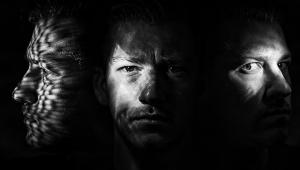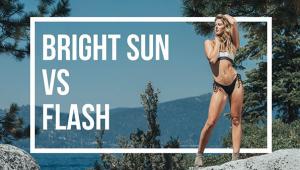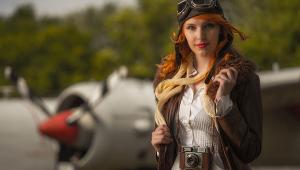Light Painting Tips: How to Use Digital Tools to Breathe New Life into Old Lighting Techniques
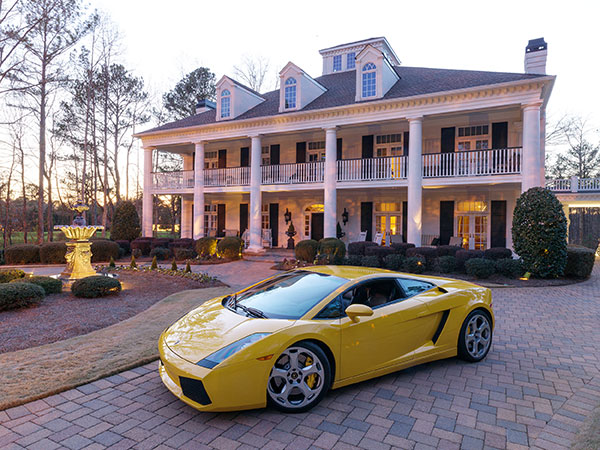
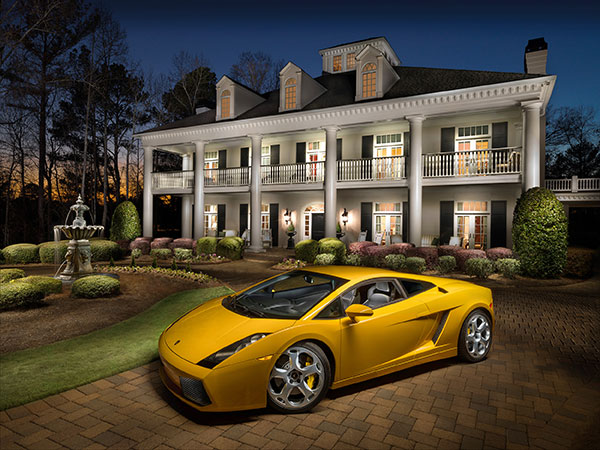
I’ve known John Hartman for many years. He is regarded in the industry as not only an outstanding photographer but also one of the hardest working and most successful photographers in the portrait world.
But a few years ago, Hartman became interested in an unexpected photo niche: light painting. In typical John Hartman fashion, he dove right in. He searched for all he could find on the subject and went to work practicing. And practicing. And practicing. Once he felt he had the technique at a level where he could charge professional fees for it, he started attracting clients. A short time later he had photographed everything from food to Ferraris, petunias to Porsches, using light-painting techniques. These assignments usually led to large metal prints hanging in a boardroom or a state-of-the-art garage.
As soon as Hartman started posting these images on social media, other photographers wanted to know how they too could create these outstanding results, so he started a very limited number of workshops in different parts of the country to teach his techniques.
To give you an idea of why digital light painting affords more opportunities now than with film, let’s take a quick look at the process. Light painting means lighting a subject with some type of light source in darkness while the camera shutter remains open. With film, we are limited to trying to create the image in one shot. However, with digital technology, we can take many different photos, each one lighting a specific area of the subject, and combine them later in Photoshop.
I recently sat down with Hartman to ask him just how he creates these new incredible images that have such a unique look.
Shutterbug: What is your definition of light painting and how does it differ from other types of lighting?
John Hartman: My definition of light painting is that it is the process of adding continuous light to individual areas of a scene, then merging them together into a single photograph to create a lighting look not possible by any other method of image creation.
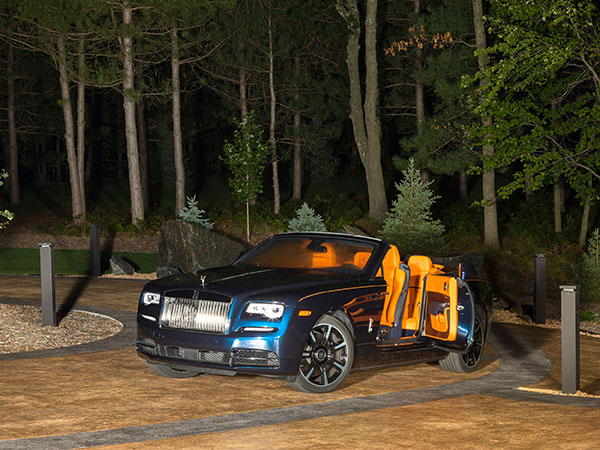
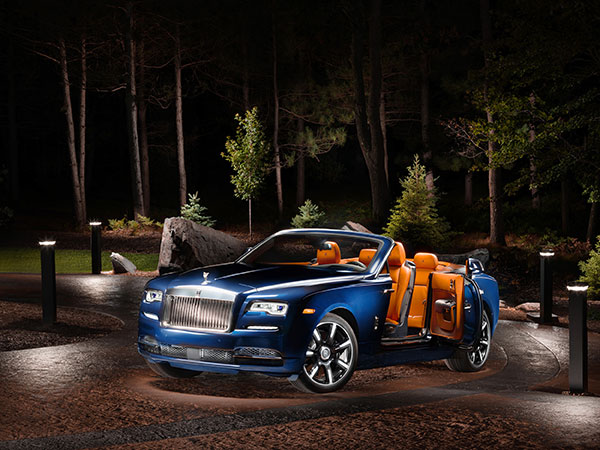
SB: What kind of lighting equipment would you need for doing tabletop photography?
JH: I use small LED flashlights with modifiers to soften the lighting. It’s not necessary to have specialized photographic lighting tools. They don’t even have to be LEDs; the only reason I use them is for their extended battery time.
SB: I know you photograph some pretty big objects like cars, planes, and even houses. Do you need any specialized lights for that?
JH: Larger subjects need more powerful light in order to illuminate them enough to overpower any existing ambient light. I use an assortment of LED light panels, light wands, and smaller handheld lights.
SB: How critical is the color temperature of the lights you use and do all of your lights have to match?
JH: Each light source needs to be individually white balanced, including any scrims or other modifiers. I save those white balances as presets in my Raw processor: you can do this in Adobe Lightroom, Adobe Camera Raw, and Phase One Capture One.
SB: What do you use to trigger the camera?
JH: Once the scene is set and exposures are made, the camera cannot be touched for any reason. So triggering and viewing need to be done remotely. I use a Pluto Trigger (plutotrigger.com) to release the shutter with my iPhone. Some cameras with built-in Wi-Fi allow for remote triggering.
SB: How do you view the results on site? How do you know when you have the result you’re looking for?
JH: The very best way to see and evaluate images during a shoot is by tether capturing into a Raw processor such as Lightroom or Capture One. By actually viewing the Raw file, correct exposure and white balance can be determined. Although I have used this method, now that I am more comfortable in getting good exposures, I use the camera Wi-Fi to transfer JPEGs to an iPad. It’s faster and much more convenient, especially in the field.
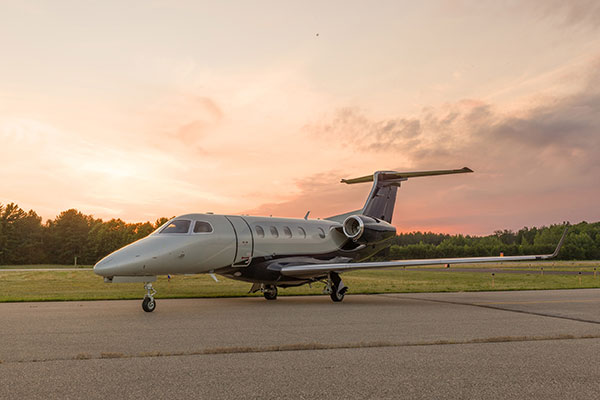
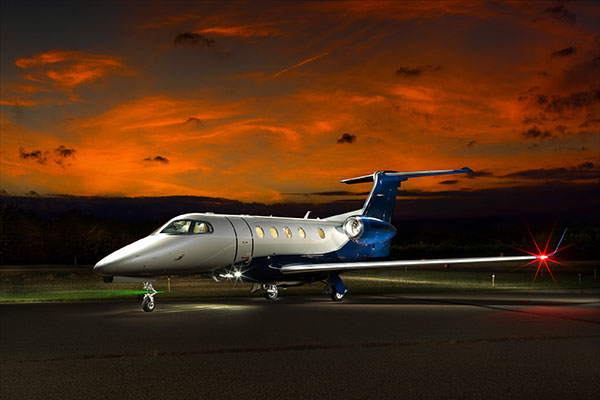
SB: Can you briefly explain the workflow after you have all the individual images taken? How do you piece them all together?
JH: The images first need to be custom white balanced to a standard, as each LED light source has a different color temperature. Once processed, only the lighted portion of each image is added one at a time to the base exposure, then masked and brushed back to the desired luminance.
SB: Have you ever added people to your images? If so, how did you do that?
JH: While it’s not possible to light paint people into an image with the same LED lights used on the inanimate subject (because they move), I will often capture the subject using traditional portable studio strobes and then extract and paste them into the final image.
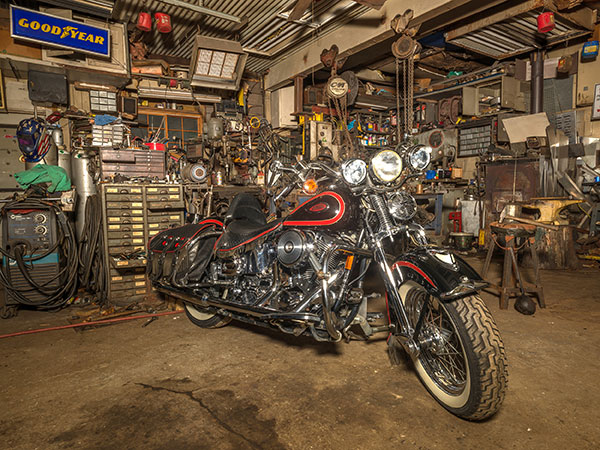
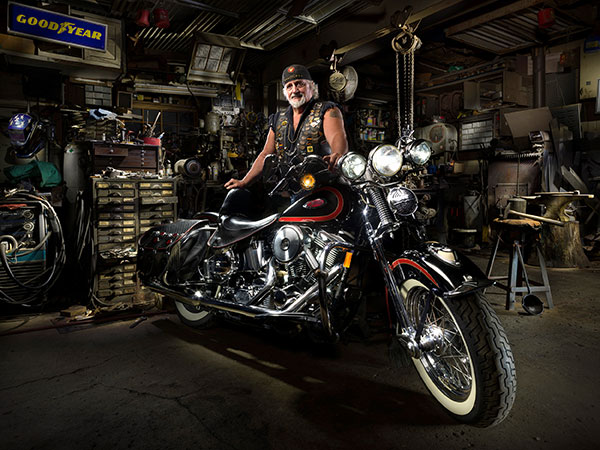
SB: I know you shoot with a medium format Hasselblad. With files that large do you have any special computer requirements?
JH: My main desktop computer is a 2013 iMac and it handles the files in a reasonable amount of time. As far as storage goes, the larger files are somewhat offset by the need to “slow down” with medium format (those of you who shot medium format film cameras will remember). So although the files are bigger, I shoot fewer of them than with a 35mm DSLR. But it wouldn’t matter anyway, as hard disk space is cheaper than it’s ever been.
SB: Combining so many layers must be a difficult and time-consuming task. Are there any shortcuts that you’ve developed to cut down the time requirement?
JH: It’s not possible to stack all the files together without choking the computer. So I select just the parts of each one that contain the lighting I need and copy and paste in place onto the document, building it that way. I’m a big fan of actions and have created several that are specific to my workflow, which helps to shorten the production time.
SB: Is there a market for light painting? Who commissions these images?
JH: For 42 years in the portrait business my primary customers have been women. With light painting, virtually every commission has been made by or for a man. The buying dynamic is completely different. Men who would never think of buying a portrait think nothing of investing in large and expensive images of their “stuff”: automobiles, motorcycles, musical instruments, aircraft, and collectibles. Additionally, there is a huge market in the commercial world for clients who want a unique look for their products.
To view more of John Hartman’s fascinating light paintings, from autos to food, visit his website, johnhartmanlightpainting.com.


